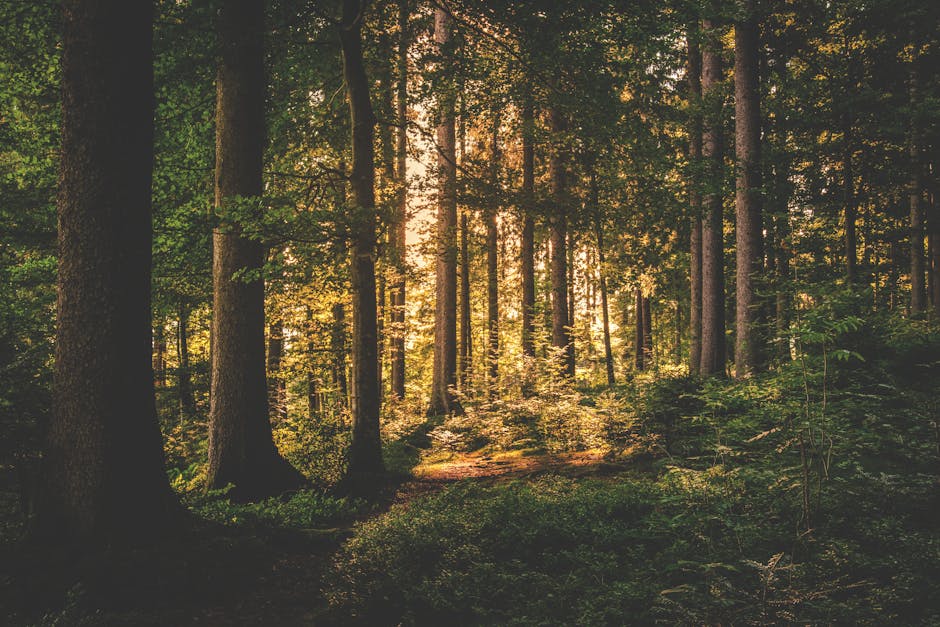Rooting for Our Future: The Art and Impact of Planting Trees
In a world where climate change and urban sprawl are constantly threatening our natural landscapes, planting trees emerges not only as a noble pursuit but as a crucial strategy for a sustainable future. Whether you’re a seasoned environmentalist or just someone looking to add a touch of greenery to your life, understanding the myriad benefits and creative ways to plant trees can transform your approach to gardening and environmental stewardship.
First, let’s talk about the significant impact trees have on our ecosystem. They serve as the lungs of our planet, absorbing carbon dioxide and releasing oxygen, thereby improving air quality. A single mature tree can absorb approximately 48 pounds of CO2 each year, equating to the carbon emissions produced by a car driven for over 26,000 miles. The positive effects extend beyond air quality—trees also mitigate urban heat, reduce energy costs by providing shade, and help manage stormwater runoff, which reduces the risk of flooding.
Now, while the benefits of planting trees are well-documented, many people might feel overwhelmed by the cost and commitment associated with such a venture. However, tree planting doesn’t have to be a luxury activity. There are budget-friendly options available that make it accessible to everyone. Community programs often provide free or low-cost saplings, and many local municipalities have initiatives to encourage urban reforestation. Joining forces with your neighbors to plant trees in local parks or even on your street can significantly reduce costs and enhance community bonds.
For those looking to take a more luxurious route, consider investing in larger, established trees or native species that require less maintenance. While this approach comes at a higher price, it often leads to immediate gratification and a more significant visual impact in your landscape. Furthermore, incorporating trees that attract local wildlife can transform your backyard into a thriving habitat. Imagine sipping your morning coffee under a grand oak, listening to the melodies of birds flitting about—it’s a luxury that pays dividends in mental health and tranquility.
As the DIY movement gains traction, many gardening enthusiasts are opting to plant trees themselves, and with the right approach, it can be a fulfilling experience. Start by researching the types of trees suitable for your climate and space. Consider factors such as growth patterns, root systems, and the intended purpose—whether it’s shade, fruit, or aesthetic appeal. With a bit of planning, a shovel, and some elbow grease, you can nurture life from a small sapling to a towering tree, all while saving money on labor costs.
While planting trees can seem like a straightforward task, it’s important to recognize the psychological benefits that accompany it. Engaging with nature has been shown to reduce stress, enhance mood, and improve overall mental health. The simple act of digging in the dirt and nurturing a living organism can provide a profound sense of purpose and accomplishment. Studies have shown that spending time in green spaces reduces anxiety and increases feelings of well-being.
Emerging trends in tree planting also include innovative methods like vertical gardens and urban forestry initiatives that adapt to dense city living. These strategies not only beautify urban spaces but also contribute to biodiversity and improve city living conditions. Furthermore, technology is paving the way for tree planting initiatives through apps that allow users to track their trees’ growth or participate in community planting events.
In conclusion, planting trees is not just about beautifying your space or contributing to the environment; it’s a multifaceted practice that can foster community, improve mental health, and serve as a testament to your commitment to the planet. Whether you opt for a budget-friendly approach or indulge in a more luxurious planting experience, each tree you plant represents hope and resilience in the face of environmental challenges. So grab a spade, gather some friends or family, and start rooting for our future—one tree at a time!

